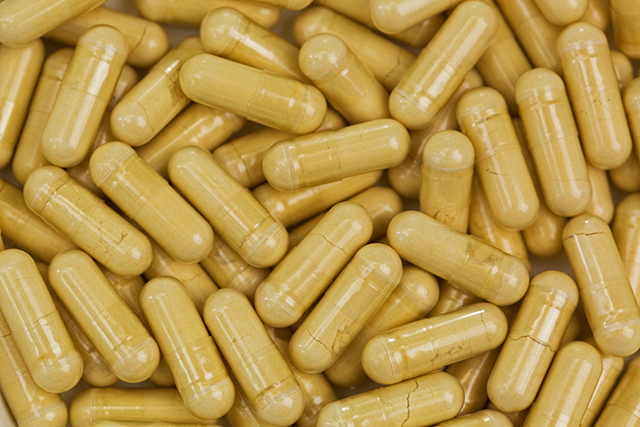Orostachys japonicus and Momordica charantia found to improve glucose and lipid levels in diabetic mice
09/03/2020 / By Evangelyn Rodriguez

South Korean researchers assessed the anti-diabetic activities of Orostachys japonicus (rock pine) and Momordica charantia (bitter melon) extracts in vitro and in vivo. Their findings were published in the Journal of Medicinal Food.
- O. japonicus and M. charantia are widely used as alternative medicines.
- Medical nutrition therapy has been increasingly gaining traction among Type 2 diabetics because of its safety and cost-effectiveness.
- For this study, the researchers developed a new functional food consisting of the combined extracts of O. japonicus and M. charantia (OME) for use in nutrition therapy.
- To test the anti-diabetic efficacy of OME, they administered different concentrations of OME to mice with Type 2 diabetes for six weeks.
- The researchers then measured metabolic parameters, fasting blood glucose and glycosylated hemoglobin levels.
- They also performed histopathological analysis and assessed serum or hepatic levels of biochemicals to measure diabetic liver injury and steatosis.
- Additionally, they quantified the expression levels of lipogenic and gluconeogenic genes using quantitative real-time polymerase chain reaction and determined Akt activation by Western blot analysis.
- The researchers reported that OME significantly improved metabolic parameters in diabetic mice.
- It also reduced diabetic liver injury and steatosis, as confirmed by tissue and blood sample analyses.
- In addition, the researchers found that OME significantly increased Akt activation, which resulted in the decreased expression of lipid accumulation- or gluconeogenesis-related genes.
- In in vitro experiments, treatment with O. japonicus extract alone produced the same results as OME treatment.
Based on these findings, the researchers concluded that OME is an anti-diabetic agent that can increase insulin sensitivity and could be used as a safe alternative therapy for Type 2 diabetes.
Journal Reference:
Jeong H, Kim JW, Yang D, Jeong TW, Zhao J, Seo JH, Shin DG, Cha J-D, Han KM, Lim CW, et al. OROSTACHYS JAPONICUS A. BERGER (CRASSULACEAE) EXERTS ANTIDIABETIC ACTIVITY BY IMPROVING GLUCOSE AND LIPID LEVELS IN TYPE 2 DIABETIC MICE. Journal of Medicinal Food. 06 August 2019;22(8):797–809. DOI: 10.1089/jmf.2018.4391
Tagged Under: alternative medicine, anti-diabetes, bitter melon, diabetes cure, food cures, food is medicine, functional food, herbal medicine, Herbs, natural cures, natural medicine, remedies, research, rock pine
RECENT NEWS & ARTICLES
COPYRIGHT © 2017 RESEARCH NEWS


















